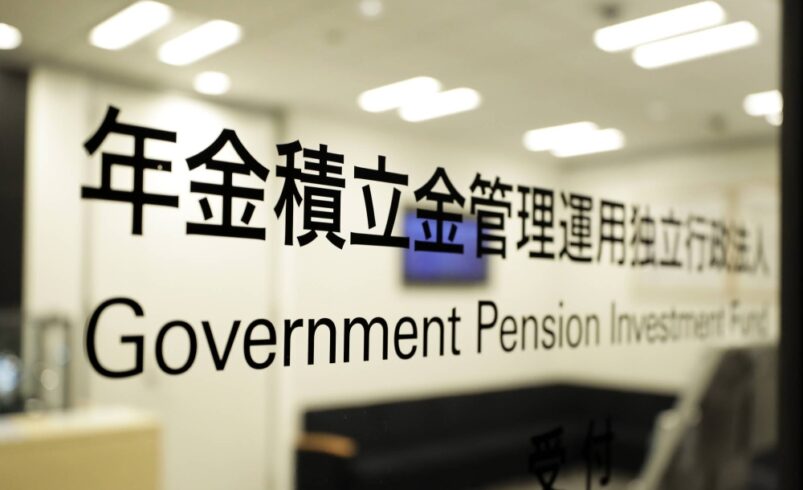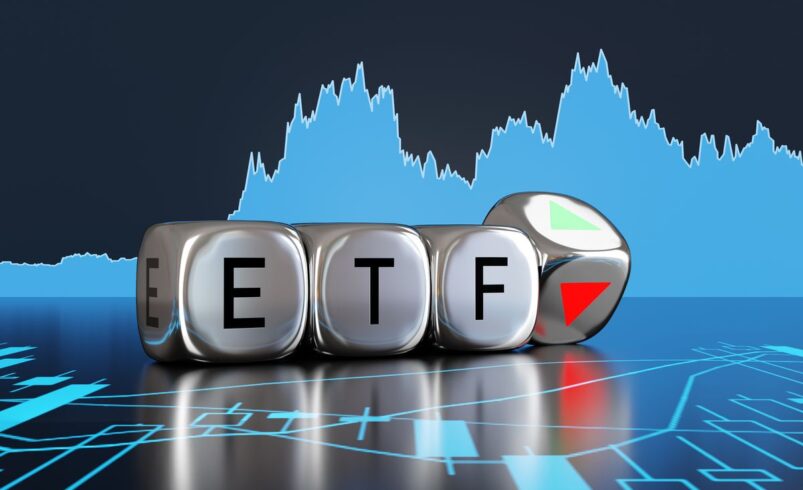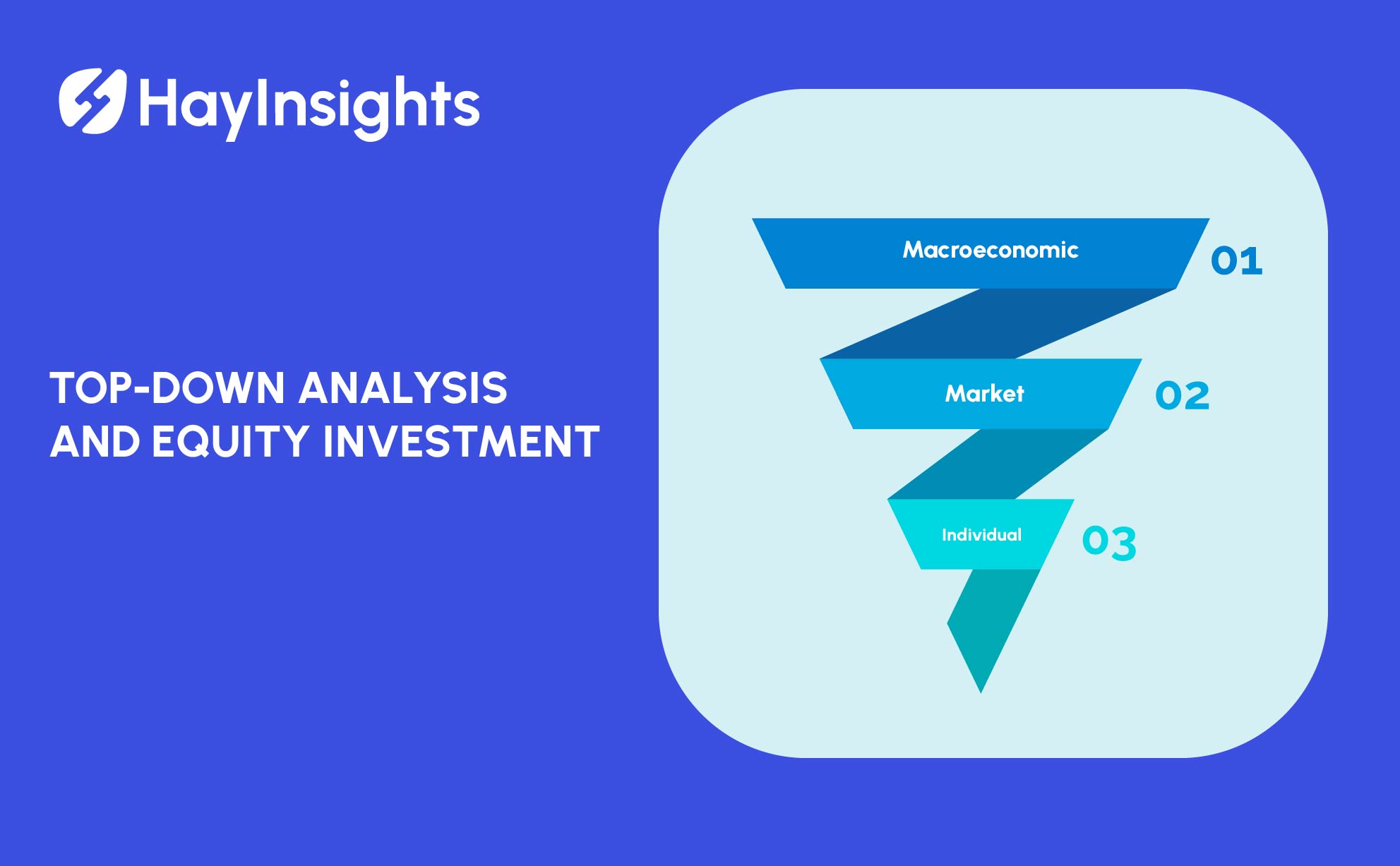
Japan’s Pension Fund Investment Strategies and Their Global Influence
Japan’s Government Pension Investment Fund (GPIF) is the largest public pension fund in the world, managing assets worth over $1.6 trillion. Established in 2001, GPIF plays a crucial role in the global financial landscape, with its investment strategies significantly impacting both domestic and international markets. Over the years, GPIF has shifted from a conservative, bond-heavy portfolio to a more diversified, risk-tolerant investment approach. This article delves into how GPIF manages its vast assets, the key components of its asset allocation strategy, and how its decisions influence global financial markets.
Overview of GPIF’s Investment Approach
The GPIF was founded with the goal of managing Japan’s pension system for the long term, ensuring that retirement benefits remain sustainable in the face of demographic challenges such as an aging population and shrinking workforce. Historically, GPIF’s investment philosophy was conservative, with a focus on Japanese government bonds (JGBs) to protect its portfolio from volatility and ensure stable returns.
However, with Japan’s ultra-low interest rates and a growing demand for higher returns, GPIF began to adopt a more diversified strategy in 2014. This shift was driven by the need to maintain the pension fund’s financial health, amid concerns that low returns from domestic bonds could no longer meet the future liabilities of Japan’s aging population.
GPIF’s Asset Allocation Strategy
GPIF’s asset allocation strategy revolves around balancing risk and return to achieve long-term financial sustainability. As of the most recent allocation, GPIF’s investment portfolio is divided into four major asset classes:
- Domestic Bonds (25%): Historically, GPIF had a strong preference for Japanese government bonds (JGBs). However, due to Japan’s negative interest rate environment, the fund has gradually reduced its allocation to domestic bonds to 25%, down from over 60% a decade ago. JGBs remain a low-risk option, but their minimal yields have pushed GPIF to seek returns elsewhere.
- Domestic Equities (25%): GPIF has significantly increased its exposure to Japanese stocks, recognizing the potential for higher returns from the domestic stock market. Investments in major indices like the Nikkei 225 and the Tokyo Stock Price Index (TOPIX) provide exposure to Japan’s leading companies. However, the fund remains cautious of domestic market volatility, balancing equities with other asset classes.
- Foreign Bonds (25%): To diversify its fixed-income portfolio and capture higher yields, GPIF has allocated a significant portion to foreign bonds. These include U.S. Treasuries, European government bonds, and emerging market debt. The inclusion of foreign bonds helps hedge against the risks associated with holding a large percentage of domestic, low-yielding bonds.
- Foreign Equities (25%): The most substantial shift in GPIF’s strategy has been the rise in foreign equities within its portfolio. Investments in global stocks offer diversification and higher return potential compared to domestic options. GPIF invests in a broad range of international equities, including companies listed in the U.S., Europe, and Asia, with the goal of benefiting from global economic growth.
Shift Toward Riskier Assets
One of the most notable aspects of GPIF’s recent investment strategy is its increasing allocation to riskier assets, such as equities, both domestic and foreign. This move is a direct response to Japan’s low interest rate environment, which has rendered traditional, conservative investments—like government bonds—less lucrative. GPIF’s leadership recognized that in order to sustain long-term growth, the fund needed to take on more risk while managing volatility effectively.
Key Factors Driving the Shift:
- Low Interest Rates: The Bank of Japan’s negative interest rate policy has significantly diminished returns on JGBs and other fixed-income assets, pushing GPIF to search for higher yields in riskier assets like stocks.
- Demographic Pressures: With Japan’s aging population, the pressure on the pension system has increased. To meet the future pension obligations of retirees, GPIF must achieve higher returns than what conservative investments can offer.
- Diversification: By increasing exposure to foreign equities and bonds, GPIF reduces its dependence on the domestic market. This international diversification spreads risk and provides access to high-growth economies and sectors that are not available within Japan.
Impact on Global Financial Markets
As the world’s largest institutional investor, GPIF’s investment decisions have a substantial influence on global markets. Its reallocation of assets, particularly its increased investment in foreign equities and bonds, has reverberated across international financial systems.
1. Increased Demand for Global Equities
GPIF’s shift toward foreign equities has created significant demand for stocks in global markets. With billions of dollars flowing into U.S., European, and Asian equities, GPIF has become a key player in these markets. This influx of capital has helped support stock prices in many developed economies, contributing to the global stock market rally over the past decade.
- U.S. Stock Market: GPIF has made substantial investments in U.S. companies, particularly in technology and healthcare sectors. As a result, its asset allocation has helped fuel growth in U.S. equity markets, and it holds significant stakes in major indices like the S&P 500 and NASDAQ.
- Emerging Markets: GPIF has also begun investing in emerging markets, attracted by their growth potential. This has provided a crucial capital boost to emerging economies in Asia, Latin America, and Africa, which rely on foreign investments for growth.
2. Impact on Global Bond Markets
GPIF’s growing appetite for foreign bonds has contributed to higher demand for government and corporate debt outside Japan. This demand has influenced bond yields in several countries, particularly in the U.S. and Europe. By investing in sovereign bonds, such as U.S. Treasuries, GPIF has helped stabilize demand for these assets, even as central banks tighten monetary policy.
- U.S. Treasuries: GPIF is a significant holder of U.S. Treasuries, and its purchases help keep U.S. borrowing costs lower. The fund’s appetite for foreign bonds provides stability to bond markets, even during periods of market turbulence.
- European Bonds: Similarly, GPIF’s investments in European bonds have helped support bond prices and reduce yields, particularly in the eurozone, where economic growth has been slower and more uncertain.
3. Influence on ESG Investing
In recent years, GPIF has become a strong advocate of Environmental, Social, and Governance (ESG) investing. In 2017, the fund signed the United Nations Principles for Responsible Investment (PRI) and began integrating ESG criteria into its investment strategy. As one of the largest institutional investors globally, GPIF’s commitment to ESG has had a profound impact on corporate governance standards and sustainability efforts worldwide.
- ESG Integration: GPIF encourages the companies it invests in to adopt better ESG practices. It uses its shareholder power to promote sustainable business practices, influencing both Japanese firms and international corporations.
- Global Influence: GPIF’s emphasis on ESG investing has contributed to the global rise of responsible investment strategies. As more institutional investors follow GPIF’s lead, ESG-focused investments have become mainstream, driving a shift in corporate behavior.
Challenges and Risks
While GPIF’s investment strategy has successfully diversified its portfolio and enhanced returns, it also faces challenges and risks. Some of the key risks include:
- Currency Risk: As GPIF increases its exposure to foreign assets, it becomes more vulnerable to currency fluctuations. Movements in the yen relative to other currencies can impact the fund’s returns, particularly in volatile currency markets.
- Market Volatility: GPIF’s shift toward equities and riskier assets exposes the fund to greater market volatility. In times of economic downturns or stock market corrections, the fund could face significant losses.
- Domestic Economic Concerns: Despite diversifying internationally, GPIF remains heavily invested in the Japanese economy. Any downturn in Japan’s economic outlook, especially related to demographic challenges, could have ripple effects on GPIF’s portfolio.
Conclusion
Japan’s Government Pension Investment Fund (GPIF) has evolved from a conservative, bond-heavy portfolio to a more diversified, risk-tolerant strategy in response to domestic and global economic challenges. By increasing its exposure to equities and foreign assets, GPIF has not only sought to enhance its returns but also become a major player in global financial markets. The fund’s influence extends beyond Japan, impacting equity, bond, and ESG markets worldwide.
For investors, GPIF’s strategy provides a valuable lesson in balancing risk and return, diversification, and long-term planning in an increasingly complex and interconnected financial landscape.













